Gallery: Airbus' A321XLR Takes First Flight
June 17, 2022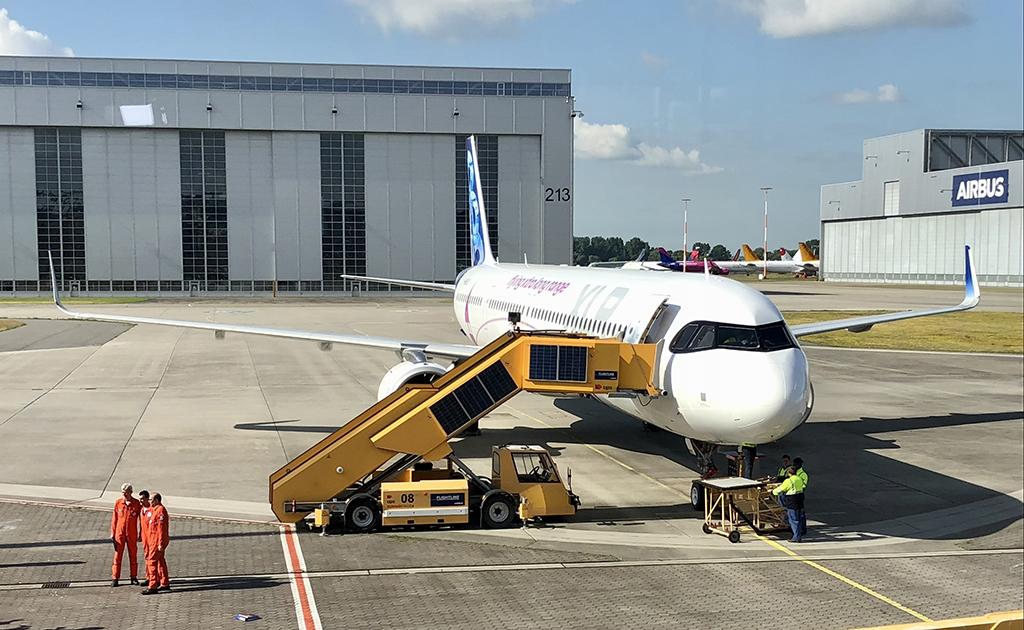
The test aircraft undergoes flight preparations in the morning on June 15 at the Airbus production site in Finkenwerder. Weather conditions were ideal for the first flight.

The first A321XLR flight was commanded by Experimental Test Pilot Thierry Diez (center). To his left is Experimental Test Pilot Gabriel Diaz de Villegas, assisting as first officer. The crew also included lead Flight Test Engineers Philippe Pupin (far left) and Frank Hohmeister (far right) as well as Test Flight Engineer Mehdi Zeddoun.
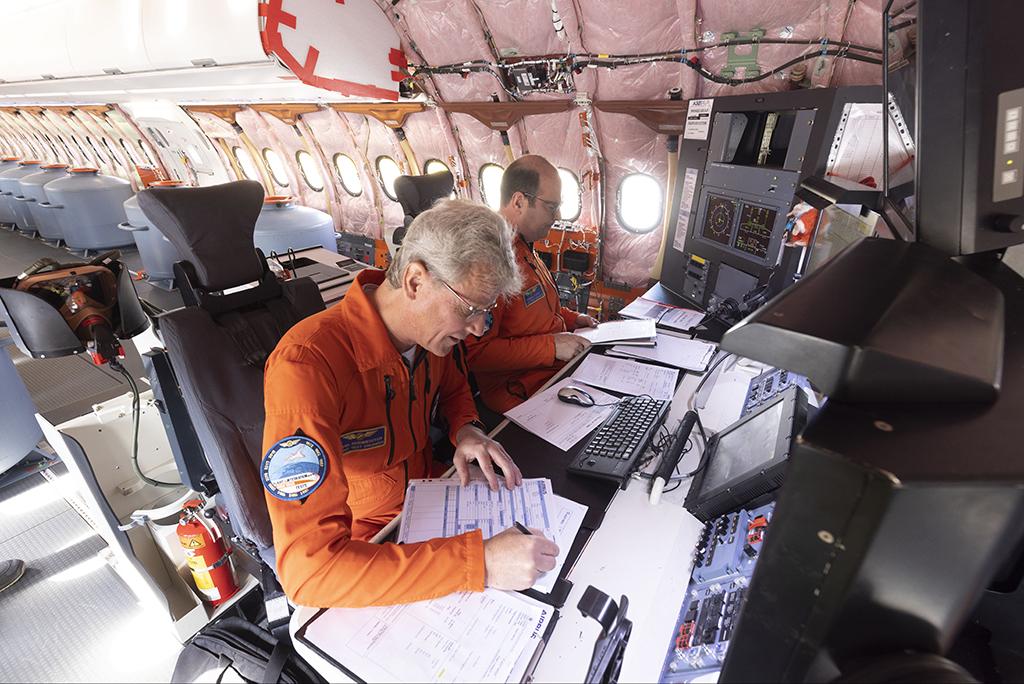
The engineers review some data during preflight checks onboard the aircraft.

The aircraft is poised for pushback. The first flight comes as Airbus is in the middle of the A321XLR project—about 60% through with the development program to receive certification, says Gary O’Donnell, head of the A321XLR program.

The A321XLR has a maximum takeoff weight of 101 tons, about 4 tons more than the A321LR that is already in service. “This means the A321XLR range will have up to 700 [nm more range] compared to the A321LR,” O’Donnell says. The XLR is the long-range version of the A321neo and is targeting a range of 4,700 nm.
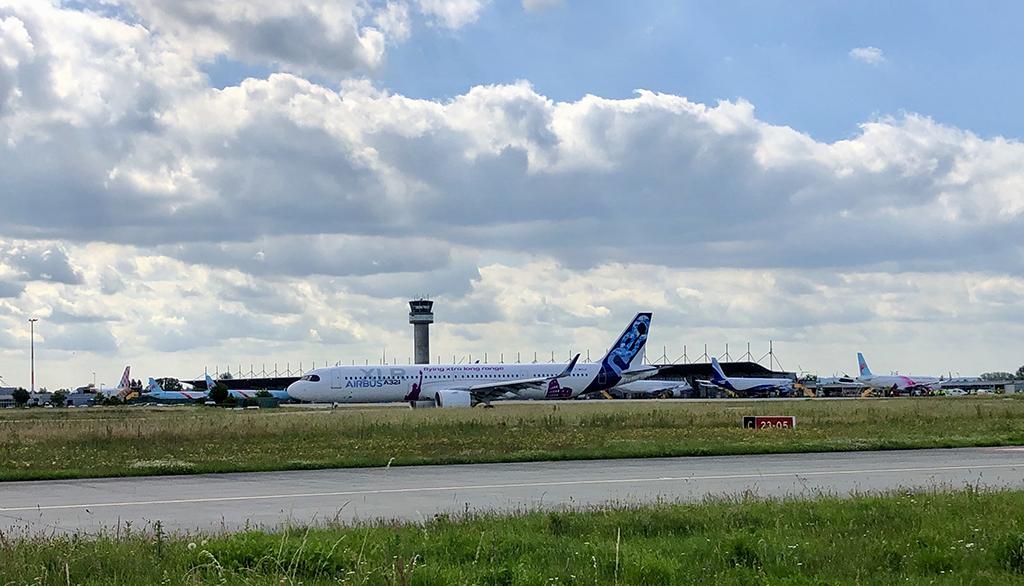
The aircraft taxies down the runway in Finkenwerder. This particular aircraft, MSN11000, is powered by CFM International Leap-1A engines. Behind the A321XLR are several new aircraft getting prepared for delivery to customers.
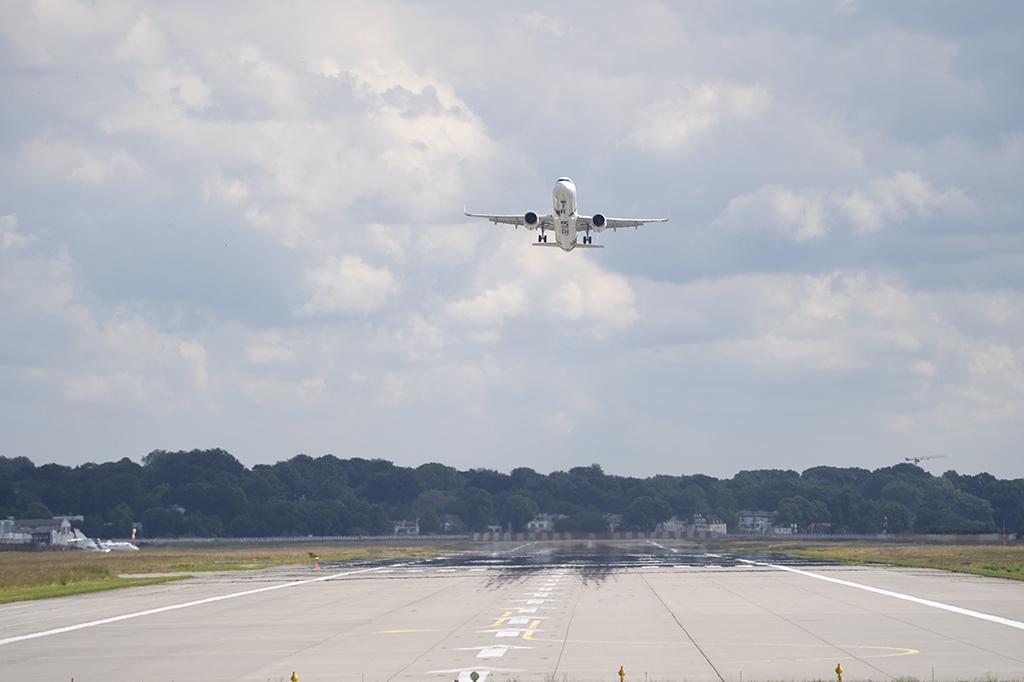
Airbus’ MSN11000 takes off at Hamburg-Finkenwerder Airport at 11:04 a.m. local time.
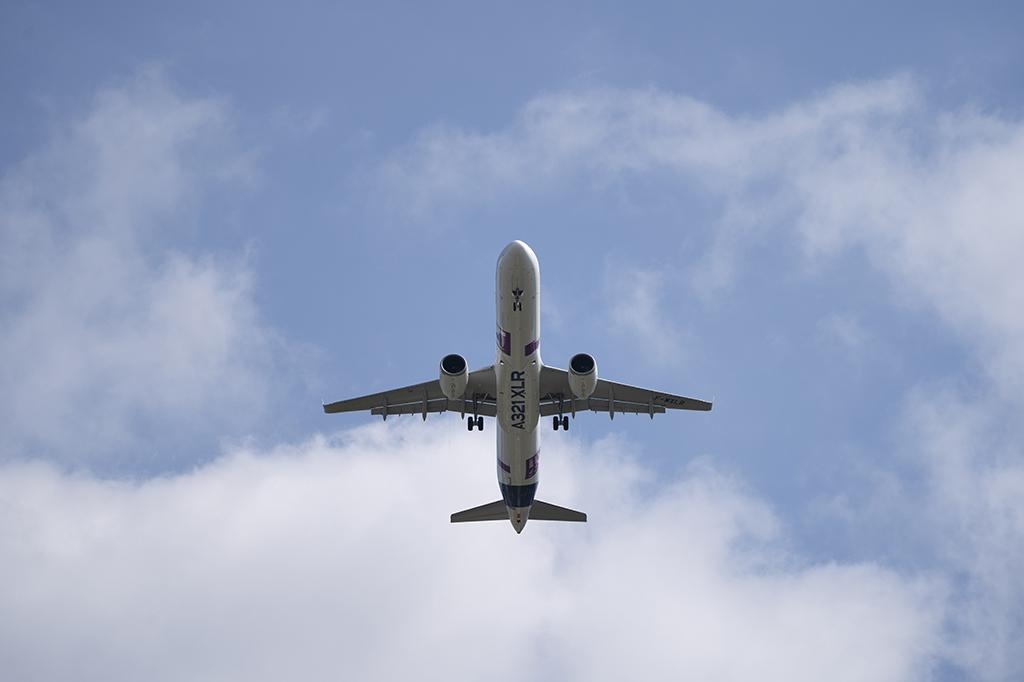
Three A321XLRs are involved in the flight-test program. MSN11058 will be powered by Pratt & Whitney PW1100G-JM engines, whereas MSN11080—using CFM engines—will have a full passenger cabin installed. The A321XLR cabin is offered in three variants for maximum comfort, maximum number of passengers or a mix. Those configurations hold 174, 187 or 240 passengers, respectively.

The A321XLR was flying over the North Sea, northwest of Hamburg, and over northern Germany. Journalists followed the flight from the press room.

Gary O’Donnell (right) tells ATW that the long-range flexibility allows more options for airlines on routes where a larger aircraft would not be economical. “This bit of extra range provides the extra option [that] airlines need, especially when operating more seasonal flights,” he says. He also expects airlines that already operate the A321LR could choose the XLR variant as well. Next to Gary O’Donnell is Jean Philippe Cottet, head of flight test.

Core development for the A321neo is in Hamburg. Airbus also plans to produce the A321XLR in Mobile, Alabama, in the future. The aircraft shown here is an A321neo for Turkish low-cost carrier Pegasus Airlines.

Next to the Pegasus aircraft (right), a future Delta Air Lines A321neo is parked. The tail already is painted in the carrier’s livery.

Airbus A320-family fuselage parts waiting to be assembled.

During the first flight, the crew tested the aircraft’s flight controls, engines and main systems, including flight envelope protections at both high and low speed, Airbus says.

The first flight was completed successfully after 4 hr., 35 min. Airbus has moved the first A321XLR delivery from late 2023 to early 2024, conceding that certification is taking longer than expected. By the end of May 2022, the A320neo family had accumulated more than 8,000 orders from over 130 customers worldwide—with A321XLR aircraft accounting for more than 500 orders with over 20 customers.

The test aircraft undergoes flight preparations in the morning on June 15 at the Airbus production site in Finkenwerder. Weather conditions were ideal for the first flight.

The first A321XLR flight was commanded by Experimental Test Pilot Thierry Diez (center). To his left is Experimental Test Pilot Gabriel Diaz de Villegas, assisting as first officer. The crew also included lead Flight Test Engineers Philippe Pupin (far left) and Frank Hohmeister (far right) as well as Test Flight Engineer Mehdi Zeddoun.

The engineers review some data during preflight checks onboard the aircraft.

The aircraft is poised for pushback. The first flight comes as Airbus is in the middle of the A321XLR project—about 60% through with the development program to receive certification, says Gary O’Donnell, head of the A321XLR program.

The A321XLR has a maximum takeoff weight of 101 tons, about 4 tons more than the A321LR that is already in service. “This means the A321XLR range will have up to 700 [nm more range] compared to the A321LR,” O’Donnell says. The XLR is the long-range version of the A321neo and is targeting a range of 4,700 nm.

The aircraft taxies down the runway in Finkenwerder. This particular aircraft, MSN11000, is powered by CFM International Leap-1A engines. Behind the A321XLR are several new aircraft getting prepared for delivery to customers.

Airbus’ MSN11000 takes off at Hamburg-Finkenwerder Airport at 11:04 a.m. local time.

Three A321XLRs are involved in the flight-test program. MSN11058 will be powered by Pratt & Whitney PW1100G-JM engines, whereas MSN11080—using CFM engines—will have a full passenger cabin installed. The A321XLR cabin is offered in three variants for maximum comfort, maximum number of passengers or a mix. Those configurations hold 174, 187 or 240 passengers, respectively.

The A321XLR was flying over the North Sea, northwest of Hamburg, and over northern Germany. Journalists followed the flight from the press room.

Gary O’Donnell (right) tells ATW that the long-range flexibility allows more options for airlines on routes where a larger aircraft would not be economical. “This bit of extra range provides the extra option [that] airlines need, especially when operating more seasonal flights,” he says. He also expects airlines that already operate the A321LR could choose the XLR variant as well. Next to Gary O’Donnell is Jean Philippe Cottet, head of flight test.

Core development for the A321neo is in Hamburg. Airbus also plans to produce the A321XLR in Mobile, Alabama, in the future. The aircraft shown here is an A321neo for Turkish low-cost carrier Pegasus Airlines.

Next to the Pegasus aircraft (right), a future Delta Air Lines A321neo is parked. The tail already is painted in the carrier’s livery.

Airbus A320-family fuselage parts waiting to be assembled.

During the first flight, the crew tested the aircraft’s flight controls, engines and main systems, including flight envelope protections at both high and low speed, Airbus says.

The first flight was completed successfully after 4 hr., 35 min. Airbus has moved the first A321XLR delivery from late 2023 to early 2024, conceding that certification is taking longer than expected. By the end of May 2022, the A320neo family had accumulated more than 8,000 orders from over 130 customers worldwide—with A321XLR aircraft accounting for more than 500 orders with over 20 customers.
Airbus began its flight-test program for the A321XLR on June 15, aproject that is expected to last around one year and include 1,000 flight hours. ATW was on-site at the German Airbus factory at Hamburg-Finkenwerder Airport when the first flight-test aircraft, MSN11000, took off for its maiden journey.














